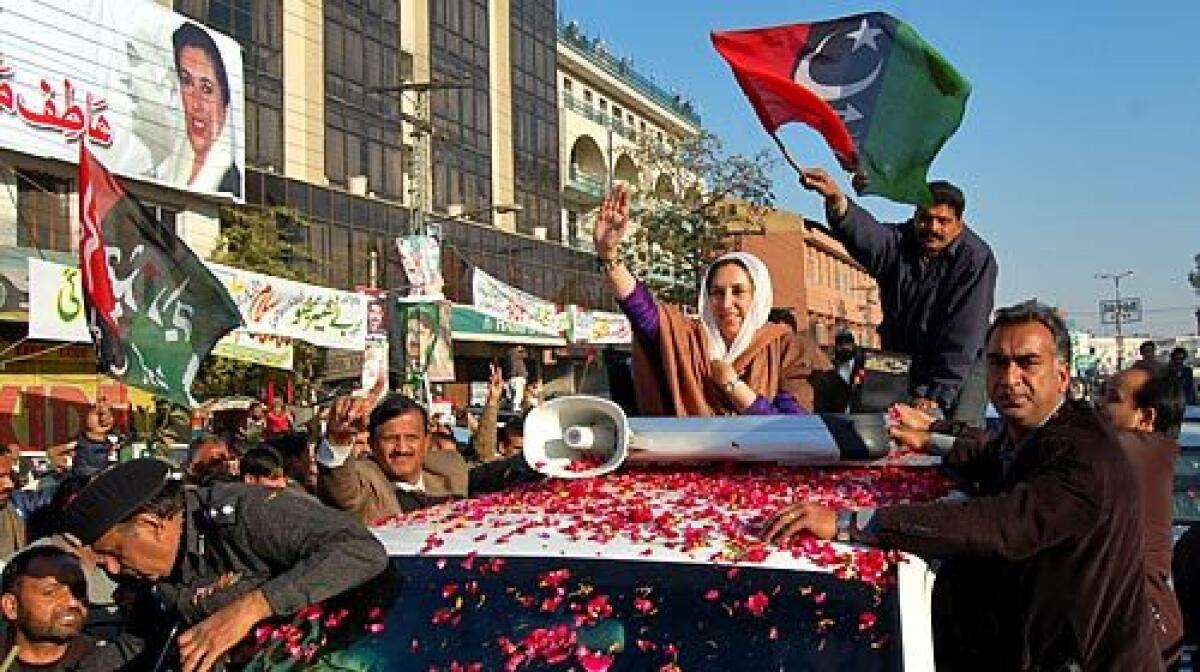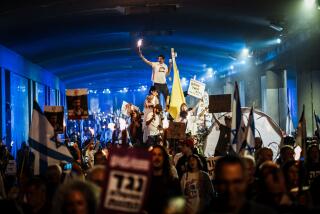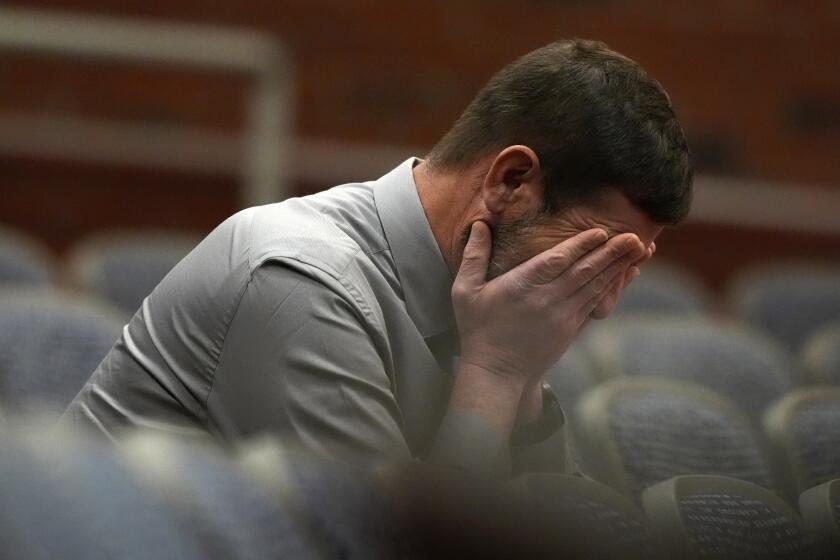In Pakistan, it was a rally like many others

Her voice was hoarse from days of campaign rallies. Her black hair was covered by the white head scarf she was rarely seen without, but the tunic of her traditional Pakistani outfit was a brilliant, jewel-toned purple.
She basked, as always, in the cheers of the crowd. She pumped her pale hands into the air in rhythm with its chants.
“Prime Minister Benazir!” the people shouted.
She smiled at that.
In many respects, Benazir Bhutto’s last rally was much like dozens she had held in the weeks since she came back from self-imposed exile in October.
The crowd was large, in the thousands, but not as big as might have been expected 12 days before parliamentary elections. Fears of an attack just like this one and like the one she survived 10 weeks earlier upon her return have kept many people away from large open-air gatherings.
On her final day, as often happened, Bhutto was running late. Supporters had gathered hours earlier, filling a park in the center of Rawalpindi, a sprawling, raucous city where Pakistan’s army has its headquarters.
The midday sun was beating down when the crowd began arriving. A late-afternoon chill had already set in when Bhutto made her triumphal entrance.
She sat, looking tired but regal, while half a dozen party leaders spoke. The crowd fidgeted impatiently. The cheers built like a wave when she stepped to the microphone.
As she had throughout her political life, Bhutto invoked the name of her father, Zulfikar Ali Bhutto, the former prime minister who was hanged by a military dictator in 1979. A giant portrait of him and his daughter served as a backdrop.
“I hope you will support me as you did my father,” she told the crowd, which roared its approval.
To get into the park, people passed through metal detectors and were frisked by police. But the police presence was relatively light; far more formidable-looking were Bhutto’s own private guards, who stood in front of the high stage with assault rifles.
And as always, when her vehicle came and went, it was surrounded by a human shield. The all-volunteer force of young men were known as the Janisar-e-Benazir, or those willing to die for her. They were believed to have made up the majority of the 20 or more people killed in the bombing and gunfire of the attack.
As her convoy pulled away from the park, Bhutto was standing up in her vehicle, her torso exposed above its sunroof. She was waving to the crowd.
Witnesses said there was a volley of gunfire, followed almost immediately by the thunderous blast of the suicide bomb.
Bhutto had been fatalistic about the threats against her. In speeches and interviews, she spoke of the constant threat of violence but insisted that she would not be deterred from going out among the people.
At her last rally, she had said as much once again.
“The people and I,” she told the crowd, “can make any sacrifice for our country.”
More to Read
Start your day right
Sign up for Essential California for news, features and recommendations from the L.A. Times and beyond in your inbox six days a week.
You may occasionally receive promotional content from the Los Angeles Times.






